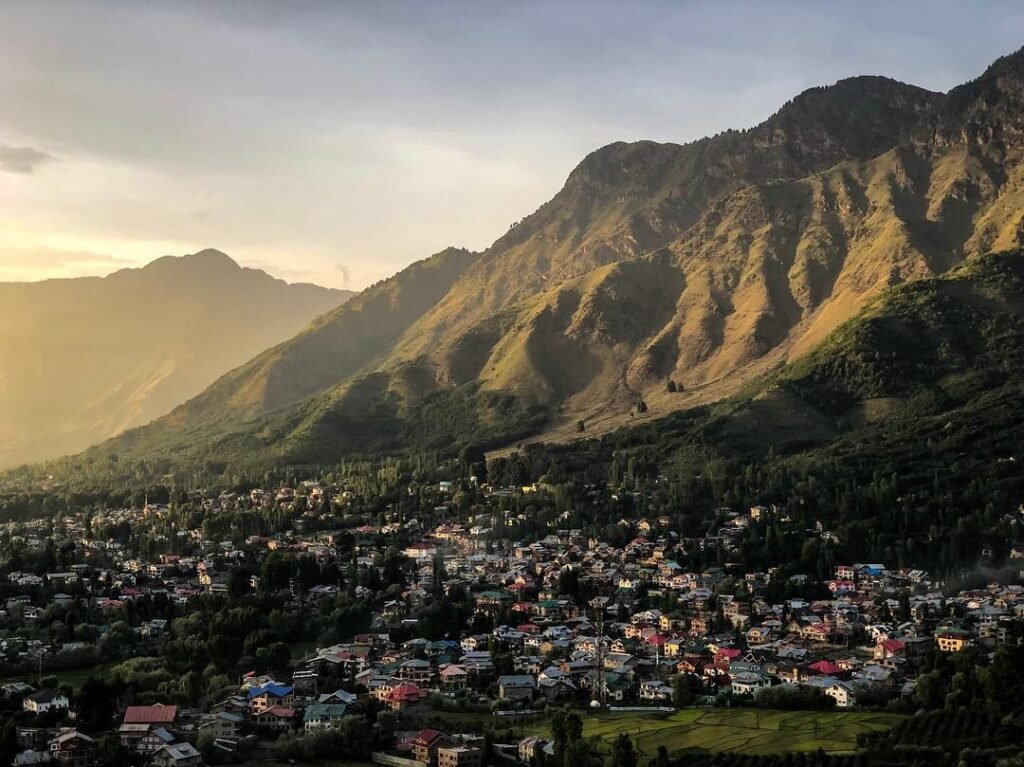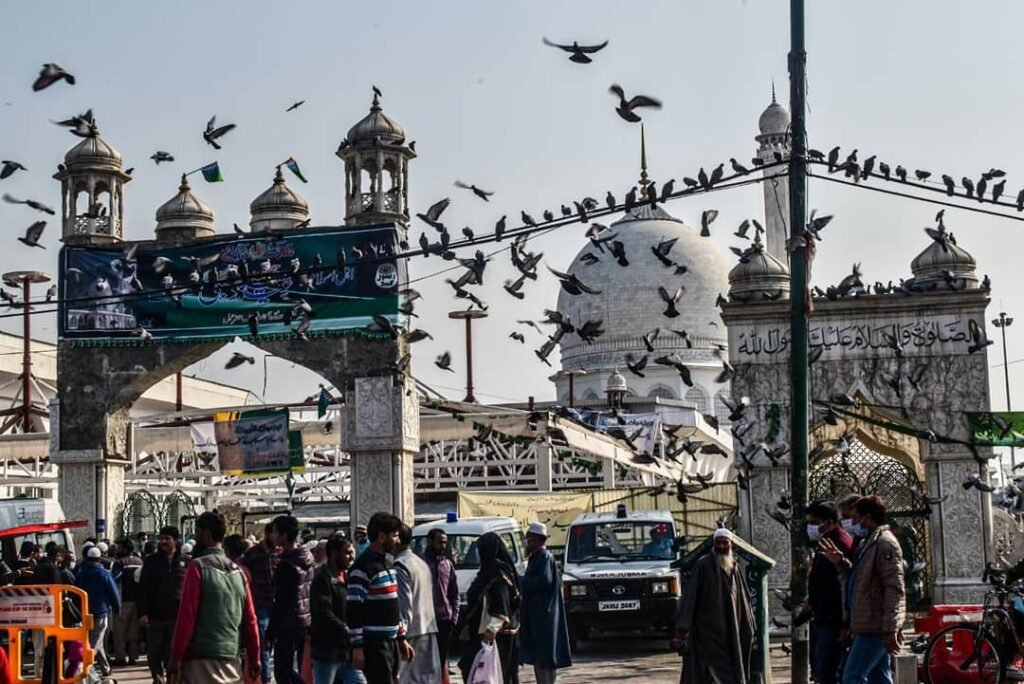Culture of Kashmir
The Culture of Kashmir is a blend of diversity; culture is a term that typically consists of and depicts the lifestyle of residents, including diet, language and literature, food and festivals, music, and various art forms of a region.
The valley of Kashmir as we all know as the paradise of the earth is not just a land of photogenic landscapes or monuments or gardens, it is something more than that. Kashmir is a land of various religions, beliefs, foods, music, attires, art forms, and most importantly is a land of hospitality and love.
The Culture of Kashmir is highly influenced by the Persian as well as Central Asian cultures. Kashmiri culture is a blend of Hinduism, Buddhism, and Islam. In the past, the Kashmiri culture was highly influenced by the Hindu-Buddhist culture, but after the Muslim influx in the valley, Kashmiri culture got highly influenced by the Islamic culture. Kashmiris are also known as koshurs, are the ethnic native group of the valley of Kashmir. The other ethnic groups include Gurjars, Dogras, Paharis, Baltis and Ladakhis. Most kashmiris are Muslims, but a small and mention-worthy community called ‘THE KASHMIRI PANDITS’ are Hindus.

Table of Contents
LANGUAGE OF KASHMIR
The Kashmiri language is spoken by around 7 million Kashmiris (according to the census of 2011) and in 2020 Kashmiri language is listed among the 22 scheduled languages of India. Kashmiri is an Indo-Aryan language of the Dardic subgroup of the language family. Most Kashmiri speakers use English or Urdu as their second language. The Kashmiri language has been made a compulsory subject in the government schools of the valley, to be taught up to secondary level.
FESTIVALS OF KASHMIR
As we already know that the Valley of Kashmir is a blend of different religions, the major and primary festivals that people celebrate in the valley are:
1. Kashmiri Muslim festivals
Eid al-Adha (festival of sacrifice), Eid al-Fitr (Festival of the end of a month-long, dawn to sunset fasting of “Ramadan”), Shab-e-Barat (the night of records/deliverance), Shab-e-Mehraj (celebration of the significance of both, a physical and spiritual journey within Islam), Eid-e-Meelad or Eid Milad un Nabi (means ‘the birth of the Prophet (SAW)’)

2. Kasmiri Hindu / Pandit festivals
Herath (Shivaratri), Navreh (Nava Varsha), Khetchmaavas (yakshamavasya), Zyeth atham (jyeshtha ashtmi), Tiky tsoram (festival of trilok sundari), Pann , Gaad batt (a sacrificial offering ritual for the Gar divta), Ksheer Bhawani mela .
LITERATURE OF KASHMIR
The valley has a long history in the section of literature with the oldest texts having been composed in the Sanskrit language. The use of the kashmiri or koshur language in literature begins with the Rajanaka Shiti Kantha’s work Mahanaya-Prakasha and after that kashmiri language appears in the Vakh or the four line couplet style of the poet Lalleshwari.
After Sanskrit and before the era of urdu, Persian became the literary language of the valley (probably because of the adoration of the language by the mughals ). The most famous and adored work in Persian was created by MOHAMMAD TAHIR GHANI known as GHANI KASHMIRI. Ghani Kashmiri influenced the writings of many generations of Persian and Urdu writers as well as poets, the most important-Iqbal including Mir-Taqi-Mir and Ghalib. Ghani stands out for his multi-layered poems with delightful images of an abstract idea. And the famous work of Pandit Taba Ram Turki was also appreciated as he was a Kashmiri pandit, who wrote in Persian and was a celebrity as far as central Asia.
And after the era of Persian, when Urdu started growing in the literary garden of the valley of Kashmir, the surprisingly small community of Kashmiri pandits actually over-represented their role in Urdu literature, the most important example is Daya Shankar Kaul Nasim, who was a renowned poet of Urdu in the 19th century and after him, hundreds of others followed his path. And then the list of Urdu writers of the valley of Kashmir goes on like this:-
Mir Tafazzul Hussain khan Kashmiri, Mufti Sadruddin Khan Azurda, Momin Khan Momin, Daya Shankar Kaul Nasim, Ratan Nath Dhar Sarshar, Brij Mohan Datariya Kaifi, Mohammad Iqbal, Agha Hashar Kashmiri, Brij Narayan Chakbast, Mohammad Younis Butt, and the list goes on and on……
The Kashmiri contemporary literature appears in:-
1.Sheeraza published by the Jammu and Kashmir Academy of Art, Culture and Languages.
2.Anhar published by the Kashmiri department of The Kashmir University.
3.Vaakh published by All India Kashmiri Samaaj, Delhi.
4.Koshur Samachar published by kashmiri sahayak sammiti, Delhi.
And some independent magazines/portals like THE KASHMIRI TALES, MOUNTAIN INK, etc….
MUSIC OF KASHMIR
Apart from the enchanting sounds of nature, the region of Jammu and Kashmir has a rich musical heritage, the music of the region of Kashmir seems more closer and influenced by the central Asian music and the Jammu region reflects the sounds similar to north India.
The most traditional type of music in the valley includes CHAKRI-a responsorial song form with the instruments like harmonium, rubab, sarangi, nout,tumbaknaer, and chimta. HENZAE- an ancient form of singing practiced by the Kashmiri pandits at their festivals, ROUF/WANWU- a traditional dance form performed by women(typically) on certain important occasions. LADISHAH- a sarcastic form of singing, composed on the spot. SUFIANA KALAM/KASHMIRI CLASSICA- a form of classical sufiana singing that uses its own ragas with instruments like santoor along with the setar, the wasool, the dokra, and the Kashmiri saz.
The Culture of Kashmir is as beautiful as the valley itself, it consists of a diversity of language, diversity of food/cuisines, diversity of festivals/celebrations, diversity of religions that include Hindu, Muslim, Sikh, and Buddhist people/residents, who by adopting their own culture, makes the valley more beautiful like a big bouquet of different flowers in it. Kashmiri people celebrate their festivals with full enthusiasm and joy, Kashmir is a land of environmental beauty with a lot of cultural heritage, with people full of hospitality and love. And in every possible way, THE VALLEY OF KASHMIR proves that the region, without any doubt, deserves to be called THE PARADISE OF THE EARTH.
Feature Image Photographer : Umer Qadir
Some of our articles you may like :




Great article, thanks for sharing information about Kashmir culture
Thank you for your appreciation